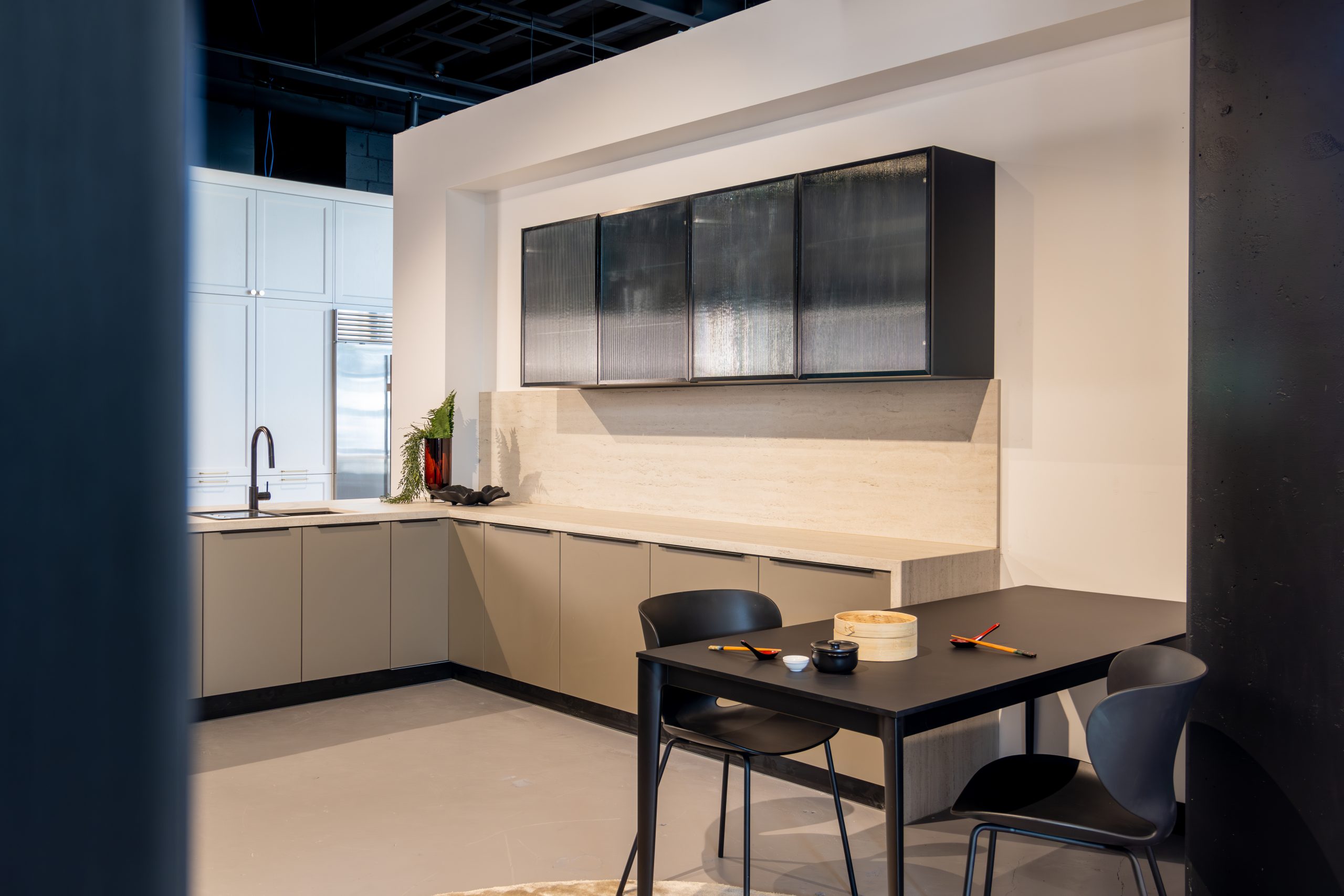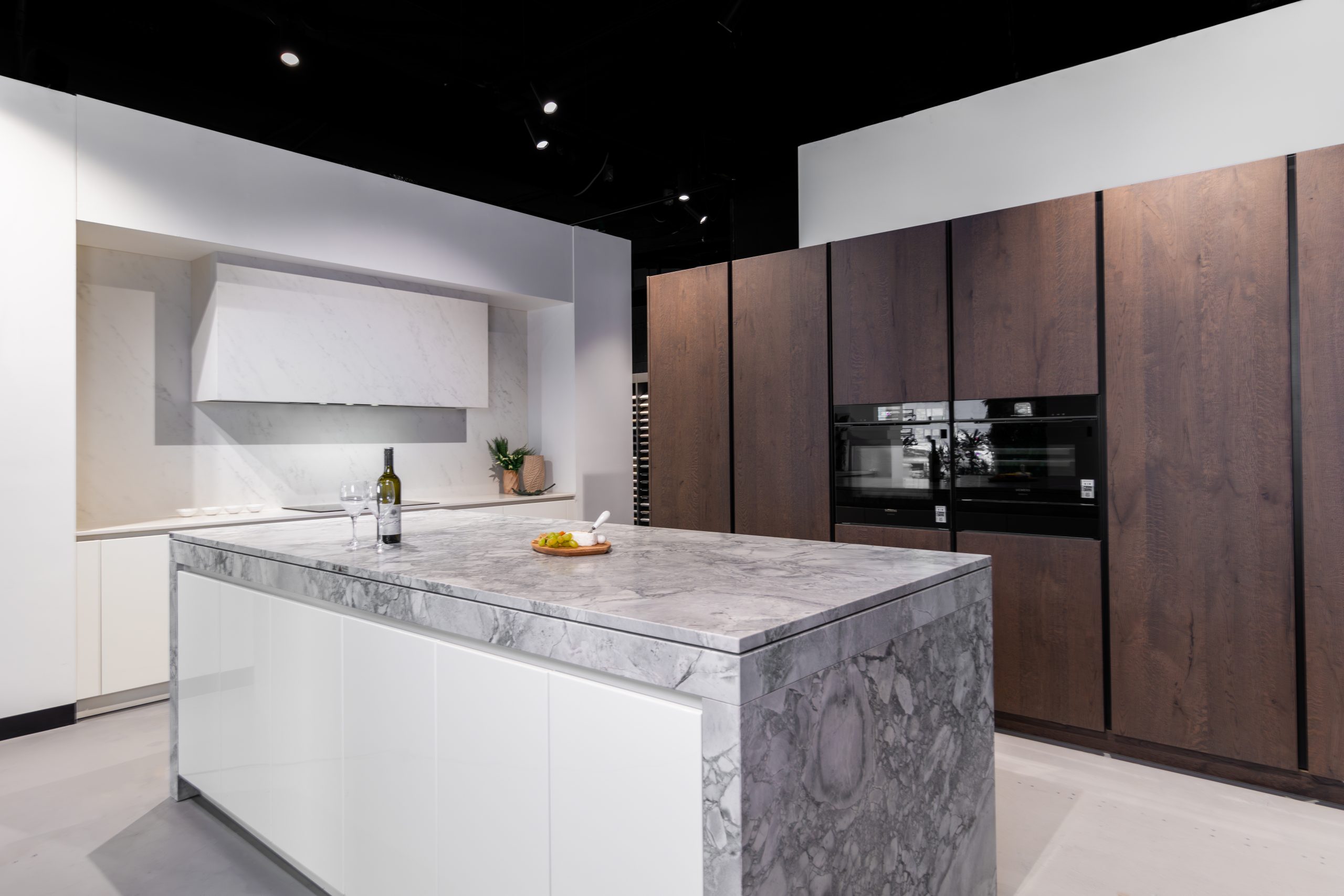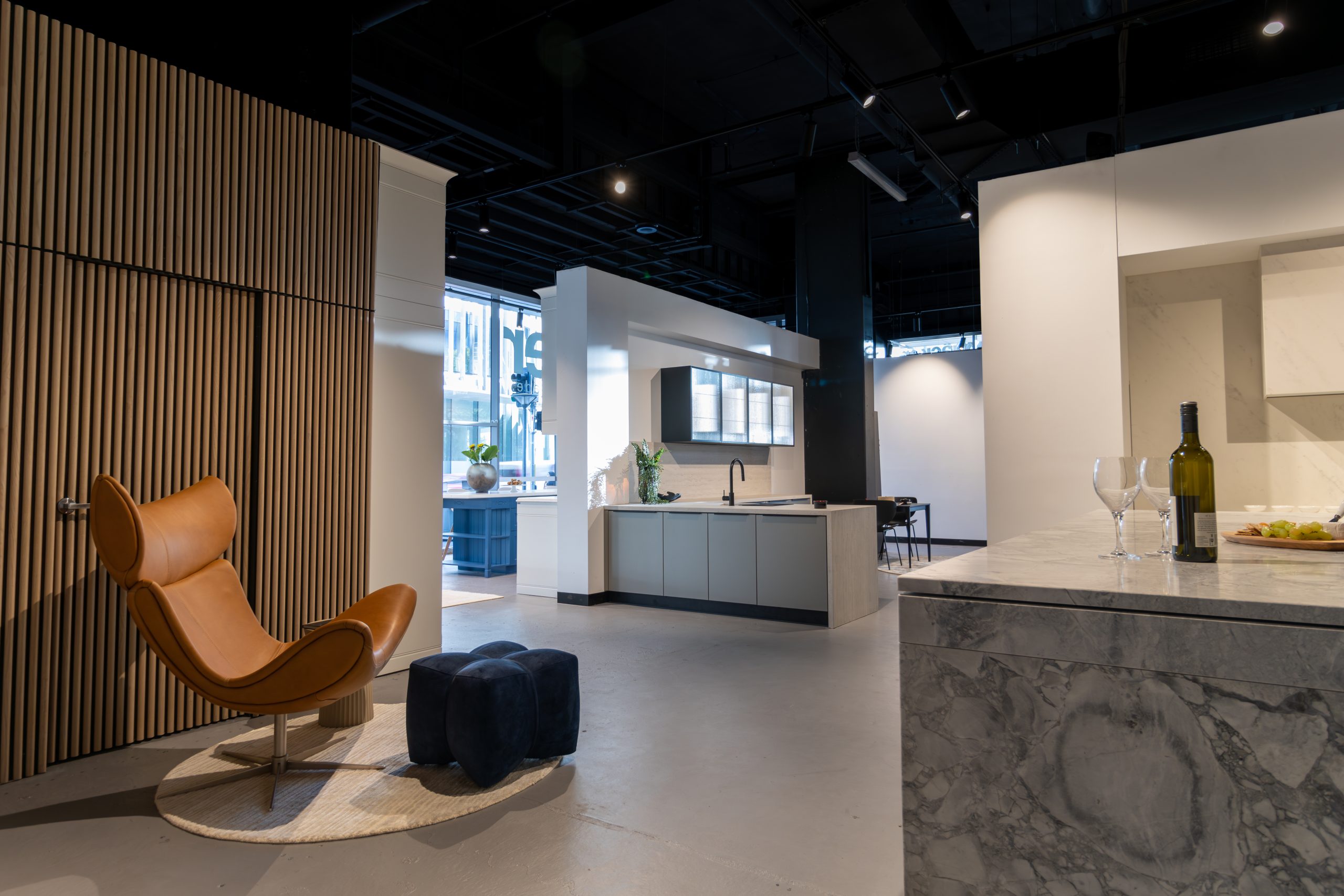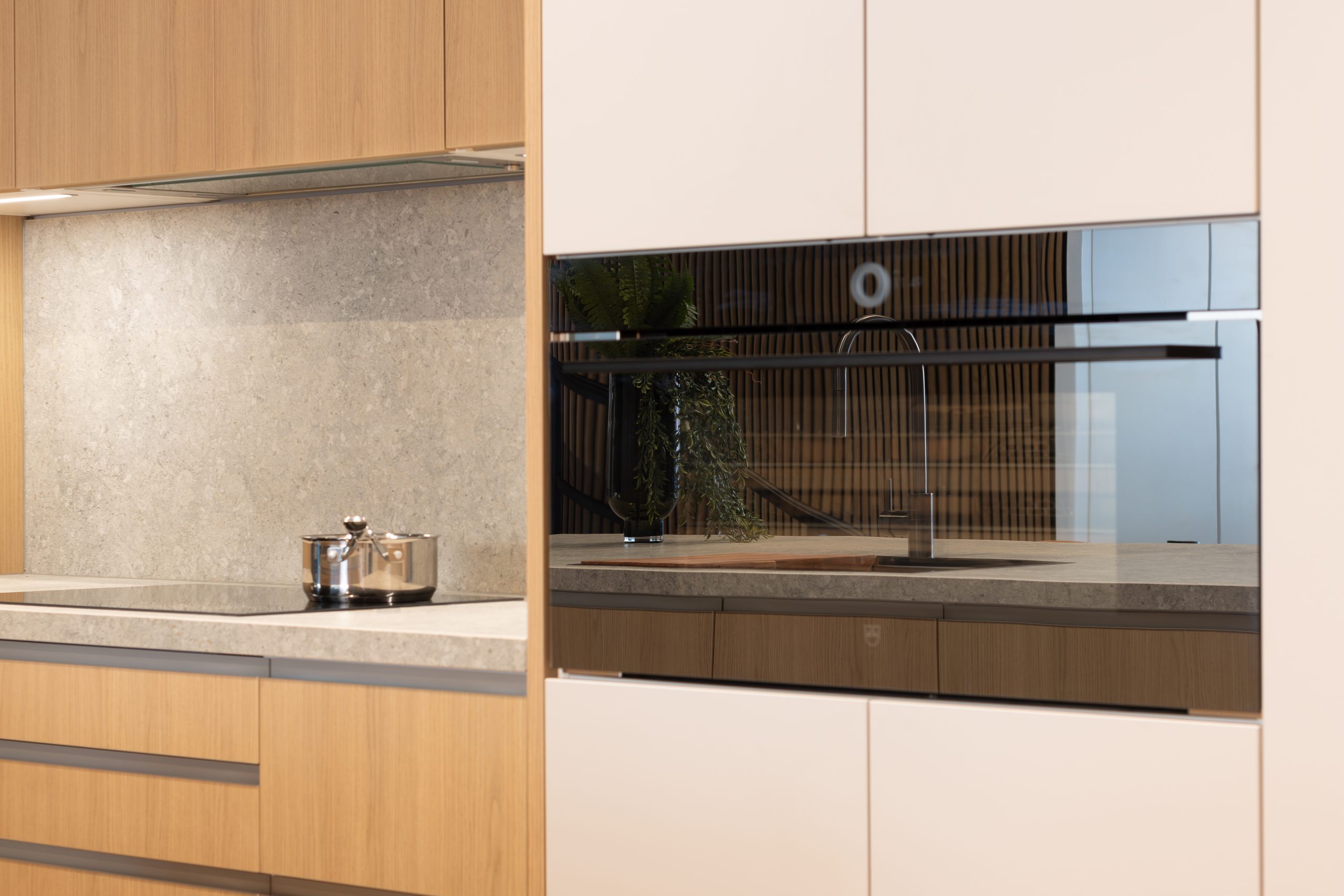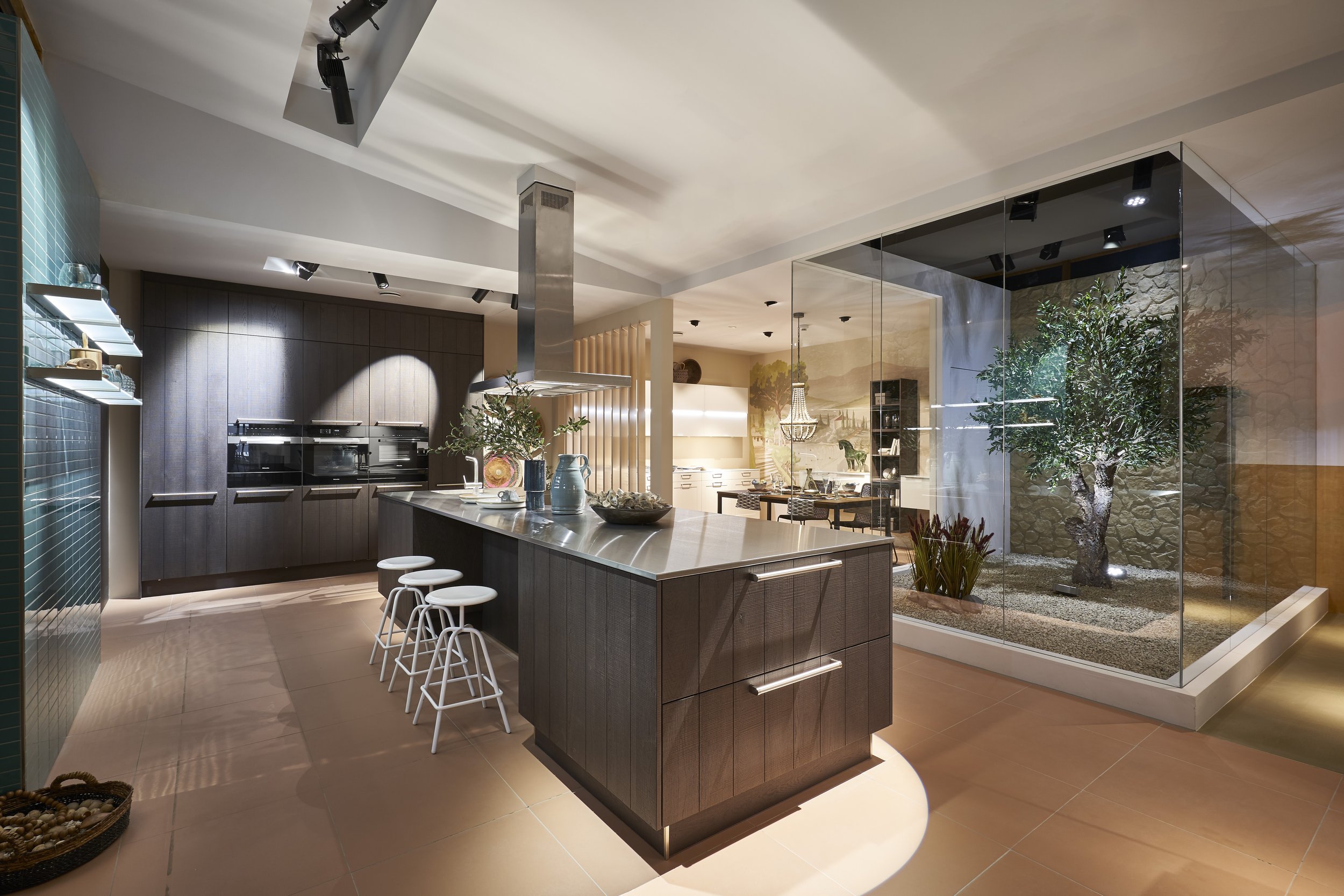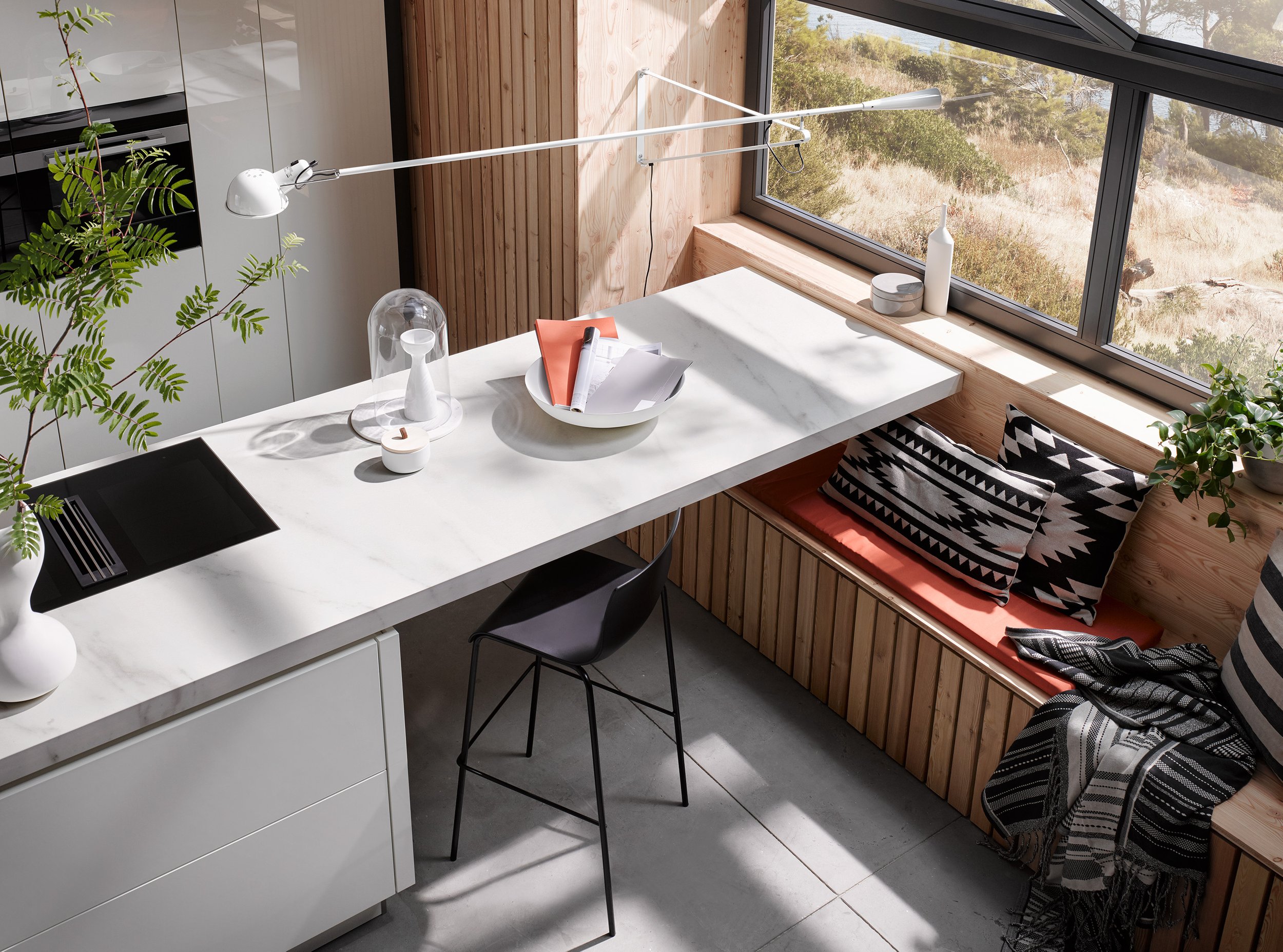
Kitchen Renovation Costs Explained: A Comprehensive Breakdown
Kitchen renovation costs in Australia vary widely, ranging from $10,000 for a basic upgrade to $75,000 and up for a high-end remodel (according to Houzz Australia). A kitchen renovation impacts property value, making it an essential investment for homeowners.
Whether you’re planning a budget-friendly kitchen makeover or a full-scale transformation, understanding the key cost components and smart budgeting strategies can help you maximise value. This guide breaks down the essential expenses, cost-saving tips, and expert insights to help you plan your kitchen renovation with confidence.
Key Highlights
- Costs vary widely: From $10K for basic upgrades to $100K+ for luxury kitchens, driven by size, materials, labour, and layout changes.
- Luxury = custom + premium: High-end renovations include bespoke cabinetry, integrated appliances, and premium materials like marble and solid timber.
- Save smart: Keep the layout, mix materials, prioritise durability, and focus on functional upgrades over expensive features.
What’s the Average Kitchen Renovation Costs in Australia?
Kitchen renovation costs in Australia can vary significantly based on factors such as the size of the kitchen, the quality of materials used, and the complexity of the project. According to Adam Scougall, a designer and creative artist:
- On average, a budget-friendly kitchen renovation starts at around $15,000 to $25,000, typically covering cosmetic upgrades with off-the-shelf cabinetry and basic appliances.
- Mid-range renovations, incorporating custom cabinetry & quality benchtops, generally fall between $35,000 and $60,000.
- For a high-end kitchen transformation featuring luxury finishes, bespoke cabinetry, integrated appliances, and high-quality stone or porcelain benchtops, costs can exceed $70,000, sometimes reaching $100,000 or more.
What Factors Influence Kitchen Renovation Costs?
Size of space & layout
The overall size of the kitchen will significantly affect costs. Larger kitchens require more materials, labour, and time, driving up renovation costs. Bigger spaces also allow for additional features like an island, which increases expenses.
Quality & finish of materials
The choice of cabinetry, benchtops & splashbacks plays a major role in pricing. High-end materials like natural stone, solid timber, or custom joinery will cost more than laminate or off-the-shelf options.
Labour
Hiring professionals like contractors, designers, and interior decorators adds to the total cost. Labour rates can vary based on experience, location, and project complexity. Expect to pay $50–$150 per hour for general contractors and even higher costs depending on complexity.
Complexity of Design
Unique design elements such as curved cabinetry, floating shelves, or integrated handles (e.g., J-pull or push-to-open) require precision manufacturing and will add costs. If the kitchen includes integrated appliances or hidden rangehoods, these require custom cabinetry and precise fit-outs, increasing labour costs. Furthermore, if the kitchen requires more drawers than doors it will further increase the overall cost of the kitchen.
Relocation / upgrade of services and structural works
Many renovations involve opening up the kitchen to create an open-plan living space. Removing a non-load-bearing wall is relatively straightforward, but if it’s load-bearing, it requires engineering, permits, and support beams, increasing costs significantly. Adding new partition walls or adjusting doorways also incurs framing, plastering, and painting expenses. Moving sinks, dishwashers, or gas cooktops to a different location means running new water, drainage, or gas lines, which adds cost, especially if the subfloor is concrete or if walls need to be opened. Extending or replacing timber, tiles, or hybrid flooring can add unexpected costs, particularly if existing flooring is hard to match.
Appliances and fixtures
Premium brands, integrated appliances, and features like built-in coffee machines or wine fridges add to the total cost. Even tapware, sinks, and rangehoods (e.g., downdraft vs. wall-mounted) affect pricing. Some appliance units (ie fridges, rangehoods and ovens) may require deeper cabinetry to accommodate ventilation, which adds to benchtop material costs and generally requires customised joinery.
Pro Tip: To control costs, prioritise essential upgrades, compare contractor quotes, and opt for cost-effective materials without compromising quality.
Luxury Kitchen Renovation: What Makes it Expensive?
A luxury kitchen renovation goes beyond functionality, it’s about creating a high-end, custom-designed space that blends aesthetics, quality, and innovation. These kitchens are defined by premium materials and bespoke craftsmanship. While a standard kitchen renovation in Australia may cost $20,000–$50,000, a luxury kitchen remodel can exceed $100,000, depending on the level of customisation and high-end features included. (According to Houzz)
1. Superior Cabinetry & Craftsmanship
Premium Materials: High-end kitchens use materials like solid wood, veneer, or high-pressure laminates instead of standard MDF or melamine. German-engineered cabinetry, like Häcker Kitchens, is known for its precision manufacturing and durability.
Soft-Close & Push-to-Open Mechanisms: Hardware from brands like Blum, Hettich or Grass ensures a seamless, silent, and smooth user experience.
2. Luxury Benchtops & Splashbacks
Natural Stones & High-End Composites: Materials like marble, granite, Dekton, and sintered stone provide durability and striking aesthetics.
Mitred & Waterfall Edges: High-end designs often feature thicker profiles (40mm+), seamless mitred joins, and waterfall edges to enhance visual impact.
Bookmatched Splashbacks: The use of continuous grain-matched stone or porcelain slabs elevates the design.
3. Integrated Appliances
Kitchens that feature built-in appliances with panel-ready fronts to maintain a sleek, uninterrupted aesthetic are considered to be high luxury.
Premium Brands: Appliances from brands like Gaggenau, Vzug, Miele, Wolf, or Sub-Zero offer superior performance, design, and longevity.
4. Bespoke Storage & Functional Design
Hidden & Automated Storage: Pocket doors, motorised lift-up cabinets, and pull-out pantry systems maximise space and functionality.
Custom Inserts: High-end kitchens often feature cutlery organisers, spice drawers, and built-in knife blocks tailored to the client’s needs.
Walk-In Butler’s Pantries: Separate prep areas with additional storage and appliances keep the main kitchen uncluttered.
5. Designer Lighting & Architectural Details
Layered Lighting: A mix of task lighting (under-cabinet LEDs), ambient lighting (pendants), and accent lighting (recessed or strip LEDs) creates a sophisticated look.
Statement Features: Oversized stone islands, sculptural rangehoods, or bold color contrasts add a designer touch.
Premium Materials
One of the biggest cost factors in a luxury kitchen is the use of top-tier materials that enhance both aesthetics and durability. Unlike budget or mid-range renovations, high-end kitchens feature:
- Custom cabinetry made from fine hardwoods such as walnut, oak, or mahogany.
- Luxury countertops crafted from marble, quartzite, or high-end granite.
- Premium flooring options like natural stone, solid hardwood, or polished concrete.
- High-end backsplashes featuring handcrafted tiles, glass mosaics, or exotic stone slabs.
- Designer hardware and fixtures, including brushed gold, matte black, or polished nickel finishes.
High-Cost Components in Luxury Renovations
A luxury kitchen isn’t just about looks, it’s packed with state-of-the-art appliances and high-performance features that drive up costs. Key expensive elements include:
- Professional-grade appliances (Miele, Sub-Zero, Wolf) with advanced features like sous-vide cooking and built-in refrigeration.
- Custom range hoods designed to complement cabinetry aesthetics.
- Wine fridges, built-in espresso machines, and steam ovens are available for ultimate convenience.
- High-tech storage solutions, such as motorised lift cabinets, pull-out spice racks, and corner drawer systems.
- Luxury kitchen islands featuring waterfall-edge countertops, integrated sinks, or additional cooktops.
Pro Tip: A high-end kitchen is an investment that enhances home value, offering a luxurious space that blends functionality and elegance. If you’re looking for a tailored, high-performance kitchen, partnering with specialists like Häcker Kitchen ensures top-tier design and craftsmanship.
Häcker Kitchens is a trusted partner for luxury kitchen renovations, delivering exceptional quality, precision engineering, and timeless design. With a strong reputation for German craftsmanship, Häcker kitchens are built using premium materials such as high-end laminates, natural wood veneers, and solid timber finishes. The cost of a luxury kitchen is influenced by bespoke cabinetry, integrated storage solutions, natural stone benchtops, and cutting-edge appliances from brands like Gaggenau and Miele. Beyond materials, the expertise of an interior designer plays a crucial role in ensuring seamless functionality, a cohesive aesthetic, and a layout tailored to the client’s lifestyle. Their ability to balance spatial planning, lighting, and premium finishes transforms a kitchen into an elegant, high-performing space that stands the test of time.
Practical Tips from Hacker Kitchen
Expert recommendations from Häcker
Have a clear idea of budget before engaging a design company – whether its a total project spend or figures for particular components, this is helpful for designers to know so they can accommodate & prioritise your “wishlists”, and can save a lot of time between initial consultation and final design layouts.
Kitchen design is an exciting journey, and while it’s great to dream big, a little direction goes a long way! As a client, you don’t need to have every detail figured out, but coming to your design consultation with at least one idea in mind, whether it’s a colour palette, a love for sleek handle-less cabinetry, a must-have stone benchtop, or even just a general style (modern, classic, coastal chic?), gives your designer something to build from. Think of it like giving a chef a key ingredient; with just a little guidance, they can whip up something spectacular. So, whether you’re certain about your vision or just have a Pinterest board full of inspiration, bring those thoughts along, it’ll help turn your dream kitchen into a reality!
Common mistakes and how to avoid
When designing a new kitchen, it’s important to balance aesthetic dreams with practical priorities. You might love the idea of solid timber cabinets, but if achieving that means sacrificing functional storage for cupboards instead of drawers, it could impact everyday usability. Another common budgeting misconception is the cost of changing services, such as gas, electrical, and plumbing. For example, upgrading from an electric cooktop to induction often requires a higher amp load on your distribution board. If your current board doesn’t have the capacity, you may need a new installation, adding to your overall costs. Keeping these factors in mind from the start and having an open communication with your design team can help with keeping the project on track and minimise the risk of mistakes.
How to ensure quality without overspending?
A luxury kitchen renovation doesn’t have to break the bank, smart planning and strategic choices can help you maximise value without compromising on quality. Here are some cost-saving tips:
1. Prioritise Where to Spend & Save
Invest in high-quality cabinetry, hardware and benchtops since they endure the most wear and tear.
Opt for engineered stone instead of natural stone for a high-end look at a lower price.
2. Stick to the Existing Layout
Moving plumbing, electrical, or gas can add thousands to your budget. Keeping sinks, ovens, and dishwashers in their current locations reduces trade costs.
3. Mix & Match Materials
Combine premium finishes with budget-friendly alternatives, for example, use a stone island benchtop but opt for a composite for side benches.
Feature statement joinery in a visually high impact area, and keep the remaining cabinetry in a durable but more cost effective finish.
4. Choose Cost-Effective Appliances
High-end brands can be expensive, focus on appliances that suit your needs rather than top-tier names.
5. Keep Customisation Minimal
Features like curved cabinetry, intricate profiles, and integrated handles increase labor costs.
Opt for standard cabinet sizes where possible and focus on smart storage solutions to enhance functionality.
6. Plan for Long-Term Efficiency
Invest in energy-efficient appliances and LED lighting to reduce running costs in the long term.
Durable materials may cost more upfront but prevent costly repairs and replacements down the track.
Conclusion
Renovating a kitchen is an exciting investment, but understanding the key cost factors, from materials and structural work to appliance choices and service changes, is essential for staying on budget. By prioritising where to spend and save, sticking to a functional layout, and making smart material choices, you can achieve a luxurious and efficient space without unnecessary expenses. At Häcker Kitchens, we specialise in premium German-engineered cabinetry and offer expert guidance to help you navigate your renovation with confidence. Our team works closely with you to create a kitchen that balances high-end design, functionality, and cost efficiency, ensuring you get the best value for your investment. Whether you’re after a bespoke luxury kitchen or a streamlined, budget-conscious design, we’re here to bring your vision to life.
FAQ
Do kitchen remodelling labour costs vary from state to state?
Yes, labour costs vary across Australia due to location, demand, and regulations. Major cities like Sydney and Melbourne have higher rates ($50-$150 per hour) due to greater demand, while regional areas tend to be more affordable.
What are the most expensive aspects of a kitchen renovation?
The biggest expenses include custom cabinetry (30-40% of the budget), high-end countertops (marble, quartz), and professional labour. Plumbing and electrical work also add significant costs, especially for fixture relocation or upgrades.
How much does kitchen renovation cost in Melbourne?
Costs depend on project scope and materials:
- Basic upgrade: $10,000-$20,000
- Mid-range remodel: $25,000-$50,000
- Luxury renovation: $70,000-$100,000+
Labour rates in Melbourne are higher, typically $70-$150 per hour, according to Mark Tonkin – A managing director, Rosemount Kitchens.
How long does a kitchen renovation typically take?
- Luxury/custom kitchens: 3-6 months (due to custom orders, permits, and complex work)
- Small updates: 2-4 weeks
- Full renovation: 6-12 weeks

